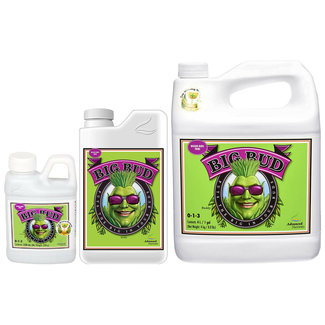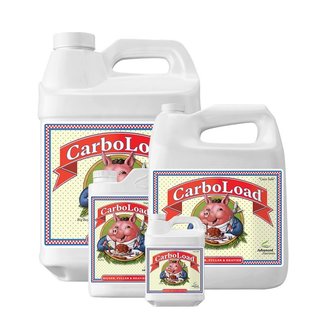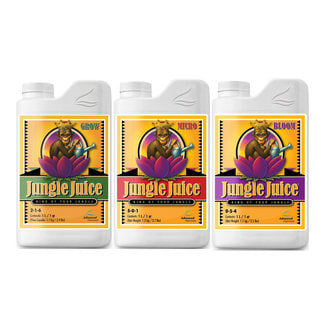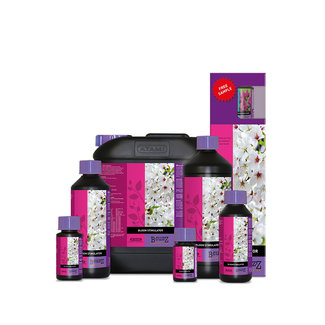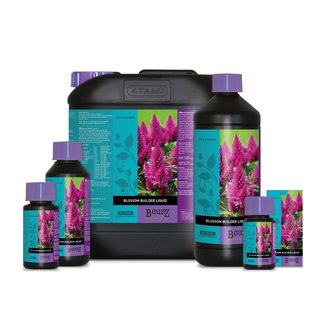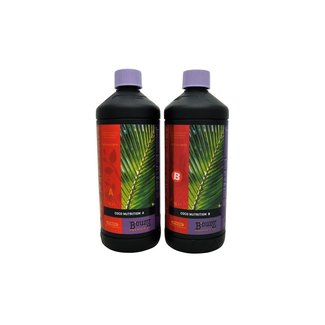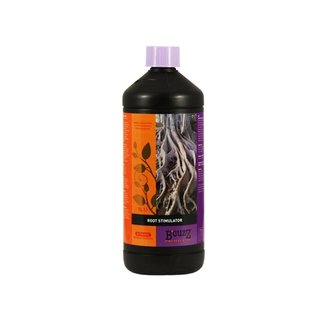Essential Nutrients for Plant Growth: Nutrient Functions and Deficiency Symptoms
Plants require 16 essential elements. Carbon, hydrogen, and oxygen are derived from the atmosphere and soil water. The remaining 13 essential elements (nitrogen, phosphorus, potassium, calcium, magnesium, sulfur, iron, zinc, manganese, copper, boron, molybdenum, and chlorine) are supplied either from soil minerals and soil organic matter or by organic or inorganic fertilisers.

For plants to utilize these nutrients efficiently, light, heat, and water must be adequately supplied. Cultural practices and the control of diseases and insects also play important roles in crop production. Each type of plant is unique and has an optimum nutrient range as well as a minimum required level.
Excessive nutrient uptake can also cause poor growth because of toxicity. Therefore, the proper amount of application and the placement of nutrients is important. Soil and plant tissue tests have been developed to assess the nutrient content of both the soil and plants.
By analysing this information, plant scientists can determine the nutrient need of a given plant in a given soil. In addition to the levels of plant-available nutrients in soils, soil pH plays an important role in nutrient availability and elemental toxicity.
Plant Additives
B1, kelp or enzymes are typically used by experienced growers, and can also help with plant growth and yield. Other additives include amino acids, molasses, humic and fulvic acid.












